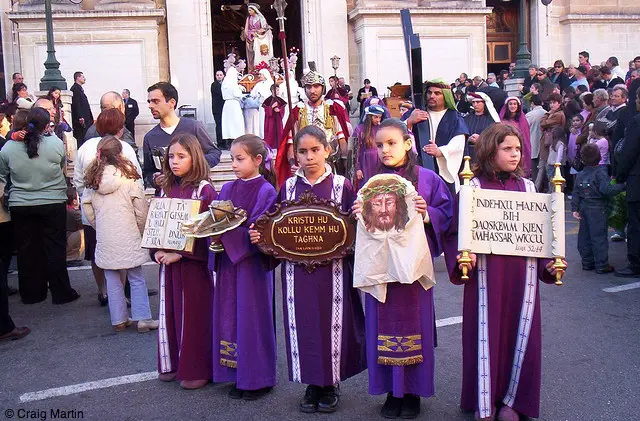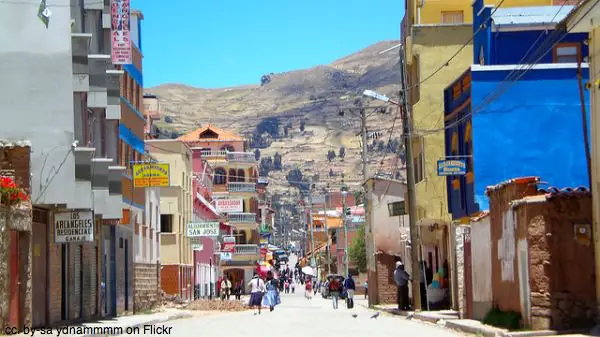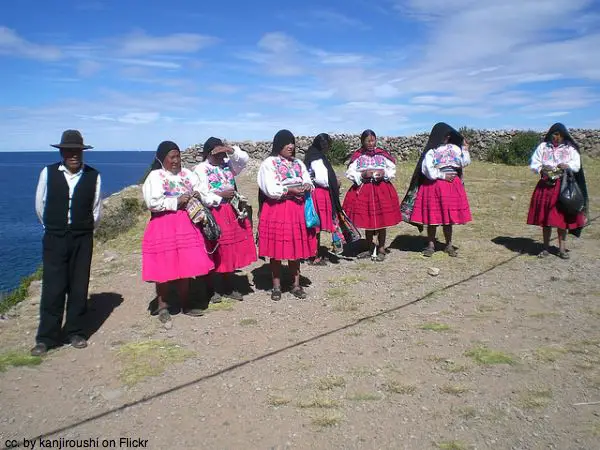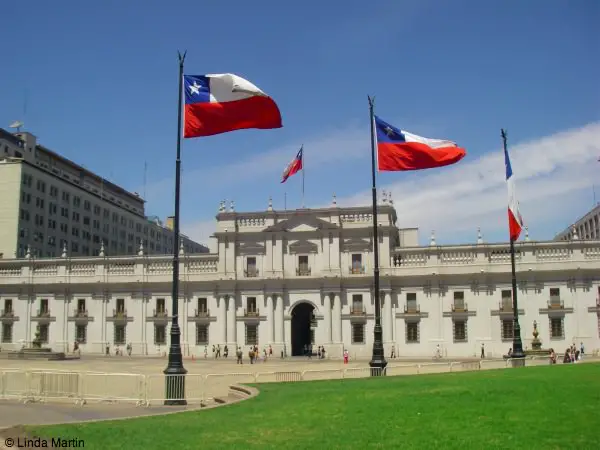Cruising Titicaca: Taquile Island – home of Peruvian textiles
In this series we look at the towns around Lake Titicaca in Peru and Bolivia as well as the commonly visited islands and attractions nearby. Last week we saw a little of life on Amantani
Taquile
The next morning we woke, breakfasted early and made our way back to the petite stone harbour. The lake, so placid yesterday, was decidedly choppy and there were a few green faces on the one-hour crossing to Taquile. The petrol fumes trapped in the cabin certainly didn’t help, so I braved the cold — and extra sway — on the roof. This gave an excellent view of the approaching island, famed for its high-quality textile industry and excellent trout. From our westerly approach, its steep terraced hills seemed to jut aggressively out of the water which meant a steep uphill walk was in the offing.
And what a walk it was! We curved around the island in a gentle but constant uphill gradient. The water sparkled to our left, while pasture for sheep dominated the hillside above and below us. There were several herds of sheep to pass, most often being sheperded by antique ladies styled in the now-ubiquitous black decor. Once in the town square, Hermogenes gathered us for a brief lecture on the history and modern life of the islanders.
If the walk from the dock to the town square was characterised by tottering shepherdesses, our next peregrination featured people spinning wool by hand. The flat stone slabs beneath our feet, the flat gazes of people as they pulled wool from a spindle, through their fingers and into a pouch at their waist. The manufacture and sale of high-quality woolen goods makes up the majority of the island’s economy but tourism seems to be quickly catching up. We passed low block houses with bright-red corrugated iron roofs, crossing the spine of the island to come out on the far coast. We stopped for lunch and, true to form, the restaurant did serve amazing trout (after a bowl of quinoa soup, of course), and the views were equally stunning; we overlooked a sapphire-blue bay held in by rugged hills.
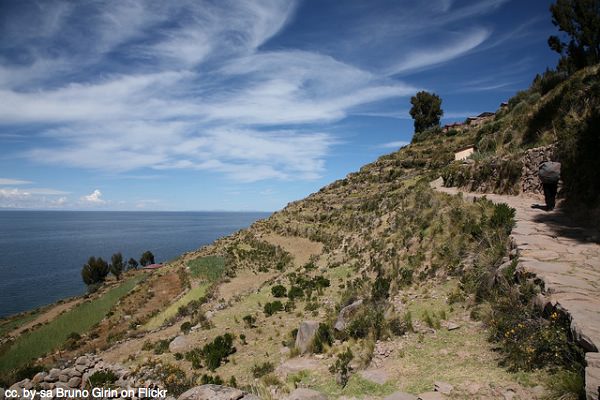
Opressed by the Spanish lord that ruled them, the people of Taquile were forced to change their dress habits, but some areas of tradition remained, like the long tapering caps worn by all men. Unmarried men wear white caps, signifying their lightness and freedom, but when courting the lucky guy has to weave a multicoloured, but predominantly red cap, signifying responsibility while showcasing his prowess and skill at the same time. Trial marriages are common on the island as divorce is harshly punished; it results in expulsion from the island community. Marrying an outsider also results in a forced departure from the island. All this is overseen by the most important men, recognisable by their woolen cap worn under a cowboy-style broad-brimmed hat.
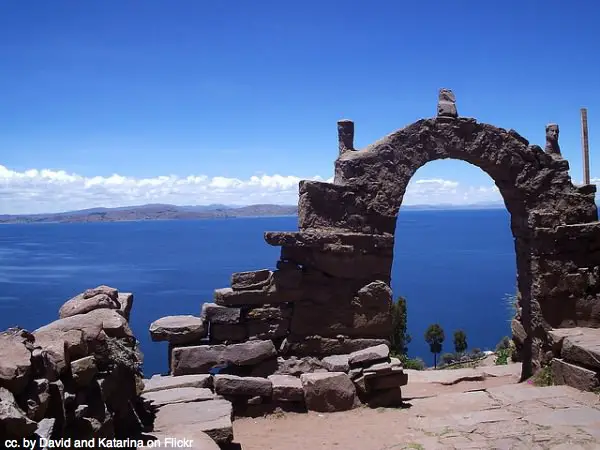
Following lunch, we descended steep steps down to the harbour and four hours later, found ourselves on the dock at Puno, planning our departure for Copacabana, Bolivia the next day.


